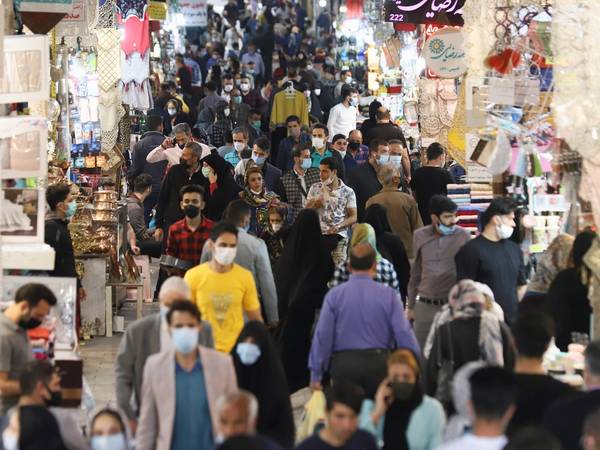The head of the Iranian Sociological Association says that there is a profound gap between the state's ideology and the Iranian people's societal norms, calling the regime’s tactic of "homogenizing" society futile.
In an interview with reformist Jamaran News, Saeed Moidfar, the former Tehran University academic, underscored the Islamic Republic's repeated failures in imposing its desired lifestyle and compulsory hijab, which the people have fiercely resisted.
“Homogenizing is a project pursued by ideological states. They try to see everyone as similar; there is no longer any diversity in culture, values, norms, or lifestyles,” Moidfar explained. “The project has, of course, failed worldwide despite using force.”
Even with setbacks, the regime seems to persist in its attempts to revert the situation to pre-2022 protests, a move that the sociologist suggests is bound to fail as “norms or rules can be accepted if people agree with them.”
Following the wave of protests known as the Woman Life Freedom movement, during which at least 550 protesters were murdered by security forces, including dozens of children, the government took the morality police out of the streets.
Even in religious cities, many women now only partially cover their hair, wear heavy makeup and tight-fitting clothing, or even drop their headscarves altogether.
On April 13, however, the police launched a new crackdown against women called the Nour Initiative. Now, women rebelling against the hijab are the subject of morality police violence again.
Moidfar said that over the last three or four years, some parts of the state have not been concerned about the social consequences of their policies, actions, and plans. Hinting that they may be trying to maintain popularity among a minority that supports them, he said, “The reality is that a large part of society is going their separate way.”
It is possible to divide the minority Moeidfar divides into roughly into three categories: non-confrontational individuals, ordinary religious people, and hardliners.
Since President Ebrahim Raisi's administration took office 32 months ago, the situation has worsened for the ruling class. The president is now a hardliner, so Supreme Leader Ali Khamenei who essentially selected him, cannot attribute the deep economic problems to him, which was his strategy during ‘moderate’ Hassan Rouhani’s tenure.
Iran's economic situation has deteriorated, and inflation is officially at more than 52%, with food prices rising higher than ever.
Consequently, a section of society that avoided confrontation but whose red line was financial concerns does not appear to be content any longer.
In particular, they are concerned that nothing appears to be done to improve the economy. Khamenei’s strategy of looking to the East rather than the West has proven problematic. China is eager to buy discounted Iranian oil but wary of political ties, while Russia is tied to Putin's costly invasion of Ukraine. Instead of seeing an economic boost from ties to Russia, Iran is bound to another heavily sanctioned system.
The regime has desperately tried to overestimate the number of ordinary religious people to maintain its power, and its attempt to implement its ideology through force has even disappointed them.
During the latest wave of repression, more women from the "reformist" camp and religious backgrounds have joined Iranian protesters in demanding freedom of choice. A prominent Islamic scholar, Sedigheh Vasmaghi, 63, has stripped off her veil and publicly criticized Khamenei as a dictator and condemned the compulsory hijab law.
Another example is Mostafa Tajzadeh, who, in a letter from prison on Thursday, pointed to Khameni's responsibility for the recent crackdown on women, saying he has no clear strategy for addressing rampant inflation and has resorted to oppressive measures to silence public debate.
"Inflation, corruption, and oppression are turning Iran and its cities into a ticking time bomb," Tajzadeh wrote.
